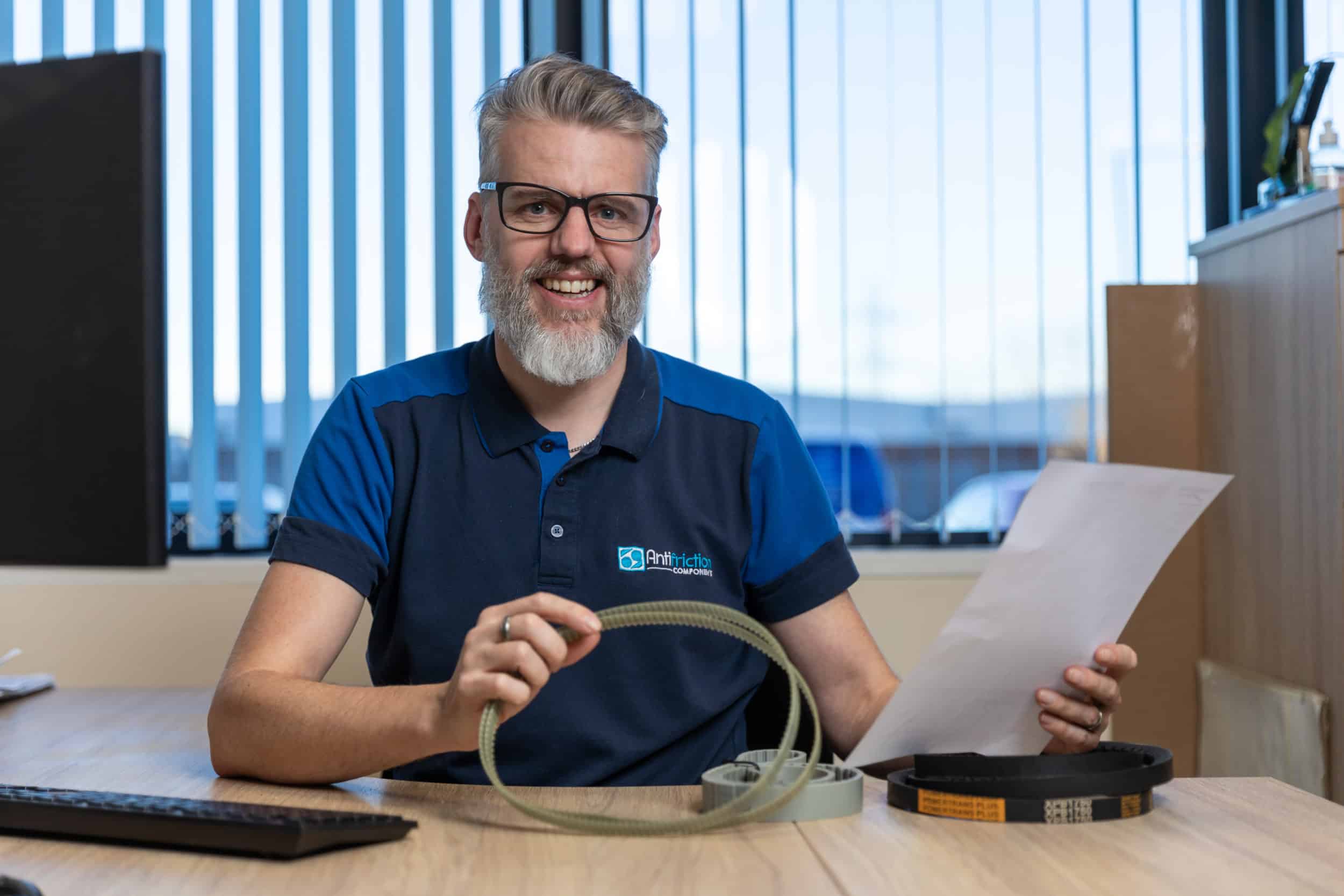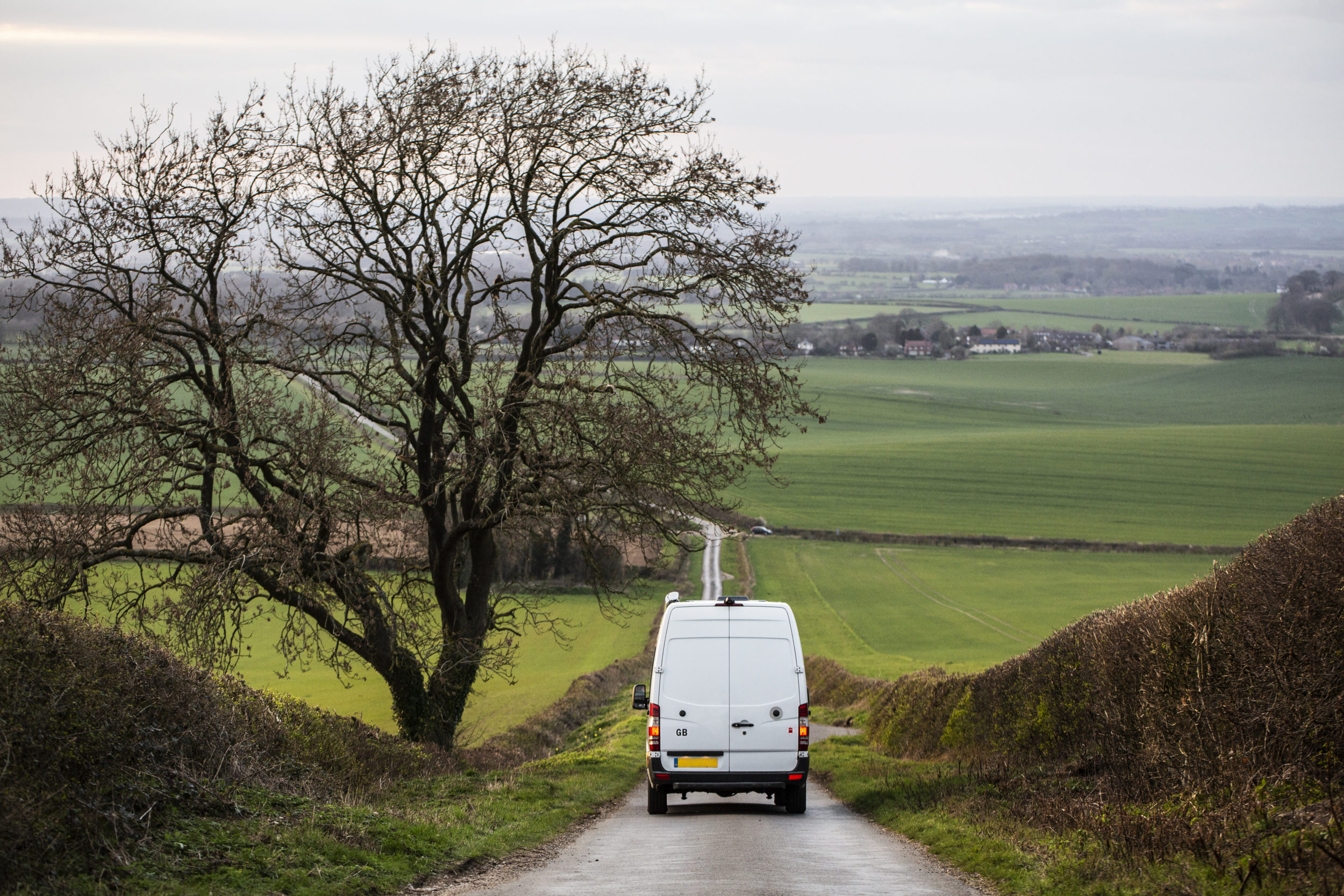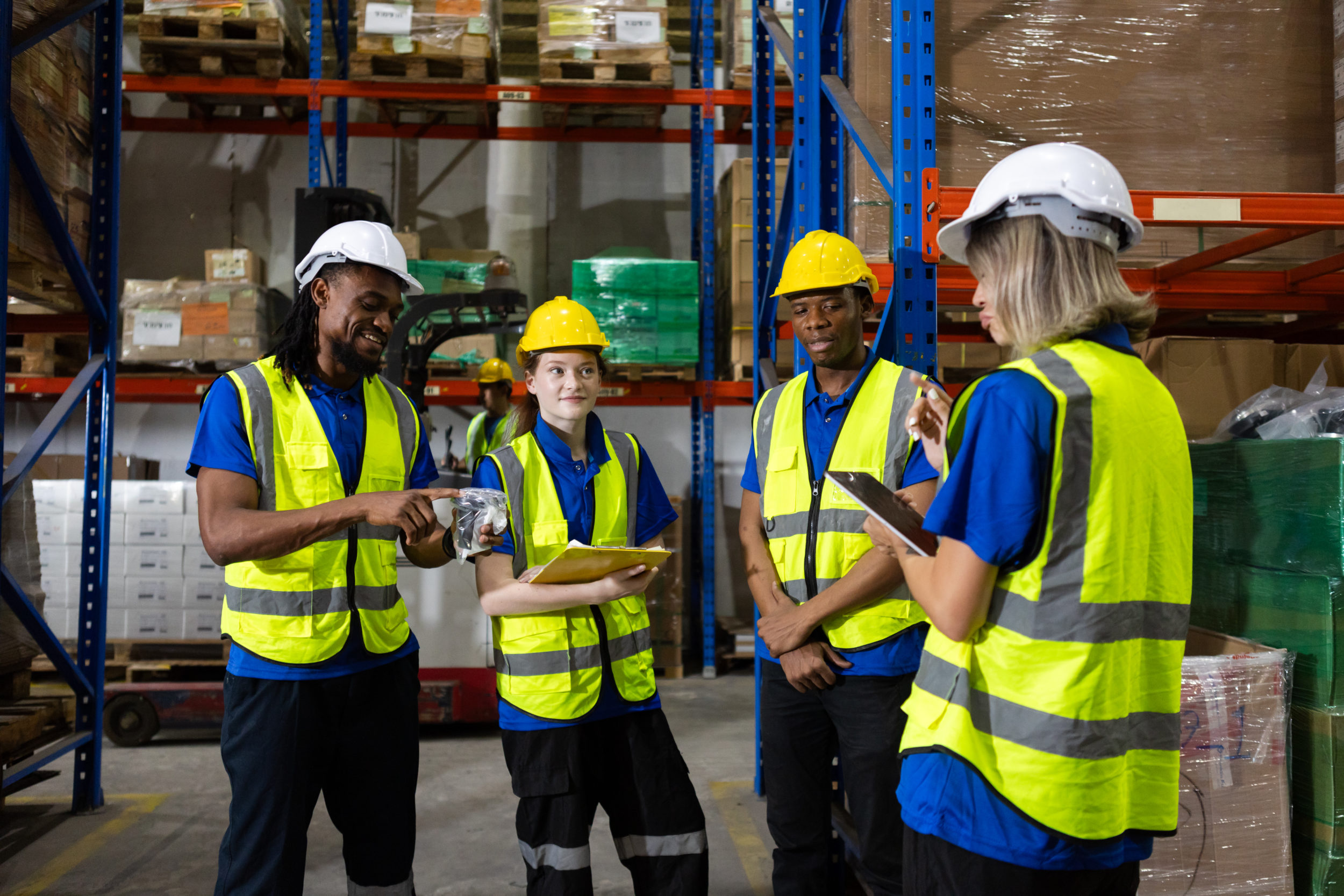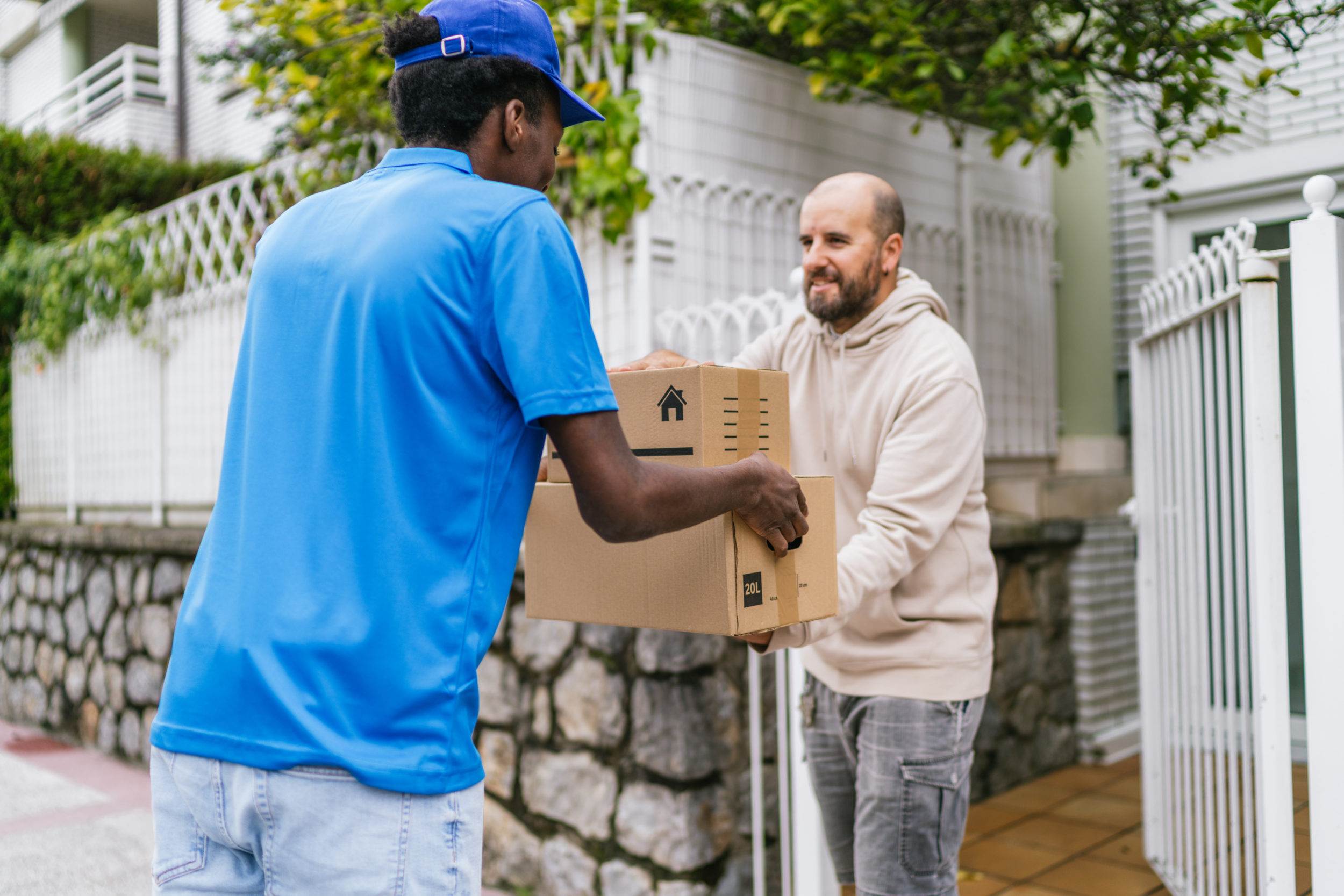How to Win Back 20 Hours a Week in Delivery Planning with Route Optimisation

Every operations manager knows the feeling. The clock is ticking, orders are piling up, and you are still deep in the spreadsheet working out who is going where, when, and in what order.
Manual route planning is more than just a time-consuming task. It slows the entire operation, increases the likelihood of mistakes, and leaves little room for flexibility when something changes. And something always changes.
The right route optimisation technology can cut planning time by as much as 75%. That reclaimed time can then be invested in growing the business, improving service, and supporting the people who keep everything moving.
Why Time Savings Matter More Than Ever

In today’s delivery and service landscape, efficiency is no longer a nice-to-have. It is essential. Customers expect faster, more reliable deliveries. At the same time, margins are under pressure from fuel prices, labour costs, and rising expectations.
When route planning moves from hours to minutes, the benefits reach far beyond saving time.
Lower administrative costs
Reducing the hours spent on repetitive planning tasks allows teams to focus on higher-value work such as analysing performance data, building stronger customer relationships, and developing new business opportunities. For example, Antifriction, a national supplier of industrial tools and bearings, has used time saved in planning to focus more on customer service and operational improvements.
Faster reaction times
With optimised routes generated quickly, it is easier to adapt to unexpected events such as urgent orders, traffic incidents, or staff shortages. Primaflow, a leading plumbing and heating wholesaler, can now make same-day delivery adjustments without disrupting the rest of the schedule, helping them manage over 3,000 daily orders more effectively.
Growth without additional staff
As delivery volumes increase, the workload for route planners often grows just as quickly. By automating the planning process, businesses like Nivek Catering Supplies have been able to expand their customer base and delivery reach without hiring extra planners, which keeps costs stable as the business scales.
Better customer satisfaction
Accurate delivery times and consistent service help build trust and loyalty. RDO Kitchens has achieved a 4.9 star Trustpilot rating thanks to improved punctuality, clearer communication, and more reliable delivery windows.
From Hours to Minutes: Real-World Results

Across industries, companies that have moved from manual route planning to automated systems have seen measurable, lasting results.
- Primaflow cut daily planning from three to four hours to under an hour, a 75% reduction, enabling their team to handle more deliveries with less stress.
- RDO Kitchens reduced planning from up to two hours to just 30 minutes, improving punctuality and freeing up time for customer-focused activities.
- Antifriction moved from 90 minutes of planning to producing optimised routes in seconds, allowing them to respond faster to customer needs.
- Involvement, a supplier to schools and hospitality businesses, reduced planning time by 60%, giving their team more hours each week to focus on quality and efficiency.
These results show what is possible for operations balancing high delivery volumes, tight schedules, and customer expectations.
The Hidden Benefits of Smarter Planning

While faster planning is the most visible improvement, businesses report several other benefits that have just as much impact on their success.
Greater operational agility
Automated planning allows for easy adjustments when new orders arrive or when conditions change. The Cress Company, which delivers perishable foods, can adapt routes on the fly to meet strict delivery windows while maintaining product quality.
Reduced operating costs
By minimising unnecessary mileage, companies reduce fuel usage and vehicle wear. Even small efficiencies per route add up over time. For businesses like Antifriction, this has translated into tangible savings that support other areas of the operation.
Improved driver experience
Drivers receive clear, achievable schedules that reflect realistic travel times and breaks. This reduces the pressure to meet unrealistic targets and supports better staff retention, something that has been particularly valuable for Nivek Catering Supplies as they continue to grow.
Stronger customer communication
Accurate estimated arrival times and proof of delivery create transparency. RDO Kitchens and The Cress Company have both found that these features reduce inbound calls from customers chasing deliveries and improve overall satisfaction.
A Better Fit for Real-World Operations

Tailored to different industries
One of the main reasons companies like Antifriction, The Cress Company, and Nivek Catering Supplies have been able to achieve such impressive results is that modern route optimisation is designed to reflect the realities of day-to-day operations. It is not a one-size-fits-all tool. Instead, it adapts to different industries, product types, and delivery models.
For example, The Cress Company delivers fresh, perishable goods with strict time windows for retailers and restaurants. The system considers temperature control requirements, short shelf life, and geographical routing that keeps products in prime condition. In contrast, RDO Kitchens is dealing with bulky appliances and complex installations that require specific vehicle types, skilled drivers, and longer delivery slots. Both scenarios are very different, yet the technology can manage them with equal precision.
Seamless integration with existing systems
A good fit also means integrating smoothly with existing processes and software. Many businesses already use order management or ERP systems, and modern planning tools can connect directly to these. This ensures delivery planning fits naturally into the workflow rather than creating extra steps. For operations managers, this integration reduces the need to switch between systems, lowers the risk of errors, and ensures everyone from the planning desk to the warehouse floor is working with the same up-to-date information.
By accommodating unique operational needs, businesses can deliver efficiently and reliably, without having to reshape their entire operation to suit the technology.
Scaling Without Compromise

Managing growth efficiently
Growth is the goal for most delivery and service-based businesses, but it can also be one of the biggest operational challenges. An increase in orders, service areas, or customer expectations typically means more routes, more drivers, and more planning complexity. Without the right systems in place, scaling up can quickly lead to bottlenecks, reduced service quality, and strained teams.
Real-world examples of scalable success
This is where companies like Primaflow and Involvement have benefitted most. Primaflow’s operation involves more than 3,000 daily deliveries. Before automation, scaling this volume would have meant hiring more planning staff and potentially sacrificing service quality. With automated planning, they can handle large-scale operations without increasing headcount, and without the errors or delays that often come with high-volume manual planning.
For Involvement, the ability to reduce planning time by 60% has freed up resources that can now be invested in operational improvements and customer service. This means that as they grow, they are not just keeping up with demand but actively enhancing the customer experience.
Scalability is not just about coping with more work. It is about doing so without cutting corners, reducing delivery accuracy, or placing unrealistic expectations on drivers and staff. Businesses that can scale smoothly can seize opportunities faster, whether that means expanding into new areas, taking on bigger contracts, or offering more delivery options to customers.
The Competitive Advantage

Why efficiency sets leaders apart
In a crowded market, every advantage counts. Many companies still rely on manual route planning, spending hours each week trying to manage increasingly complex delivery networks. That is time that could be better spent improving service levels, building customer relationships, and finding new business opportunities.
Turning operational gains into business wins
By moving to an optimised planning process, companies like RDO Kitchens, Antifriction, and Nivek Catering Supplies have unlocked competitive benefits that extend beyond efficiency. Faster and more reliable deliveries help to win repeat business. Consistent service builds trust and strengthens brand reputation. The ability to adapt quickly to changes, such as same-day order requests or last-minute cancellations, allows these businesses to say “yes” more often to customer demands that competitors might have to turn down.
There is also a cost advantage. Reduced mileage, improved vehicle utilisation, and better driver scheduling mean lower operating costs. Over time, those savings can be reinvested in vehicles, facilities, or marketing, creating a cycle of growth and improvement that competitors will find hard to match.
When customers are comparing providers, reliability and transparency often matter as much as price. Businesses that can confidently promise accurate ETAs, and deliver on those promises, will always stand out.
Your Next Step

Questions to consider
If your business is still spending hours each day manually planning routes, or struggling to keep up with customer demands, it might be time to re-evaluate your approach. The examples of Primaflow, RDO Kitchens, Antifriction, The Cress Company, Nivek Catering Supplies, and Involvement show what is possible when planning is handled in a faster, smarter, and more adaptable way.
Start by asking yourself:
- If planning time was cut by 50% to 75%, where would you invest the extra hours? Could they be used for staff training, process improvements, or expanding into new delivery areas?
- Are your customers getting the service levels they expect? Would faster, more accurate deliveries help you win and retain more business?
- How well can you adapt to unexpected changes in your schedule? Could you handle an influx of last-minute orders without impacting the rest of the day?
Building a stronger, more resilient operation
Making the shift to a more efficient planning process is not about replacing people with technology. It is about giving your team the tools to do their jobs better, faster, and with fewer headaches. The result is an operation that is ready for whatever challenges and opportunities come next.
Here’s a strong, professional CTA you can drop at the end of the blog post — it’s persuasive without feeling pushy, and ties directly back to the results in the post:
Ready to cut your route planning time by up to 75 per cent?
The results achieved by businesses like Primaflow, RDO Kitchens, and Antifriction prove that faster, smarter planning is possible. Whether you want to free up hours each week, improve delivery accuracy, or scale without adding extra staff, route optimisation can make it happen.
Book a personalised demo today and see exactly how the right solution can transform your delivery operation.
Maxoptra System
© MaxOptra, 2023. Privacy Policy and Cookies
